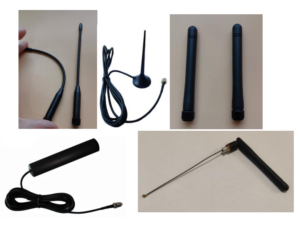PCB Antenna vs FPC Antenna: What’s the Difference?
PCB antennas and FPC antennas have their advantages and limitations, and the choice between them depends on the specific requirements and constraints of the device. PCB antennas are cost-effective and easy to integrate, but they are rigid and inflexible. FPC antennas are flexible and compact, but they are more expensive and require additional components for integration.



